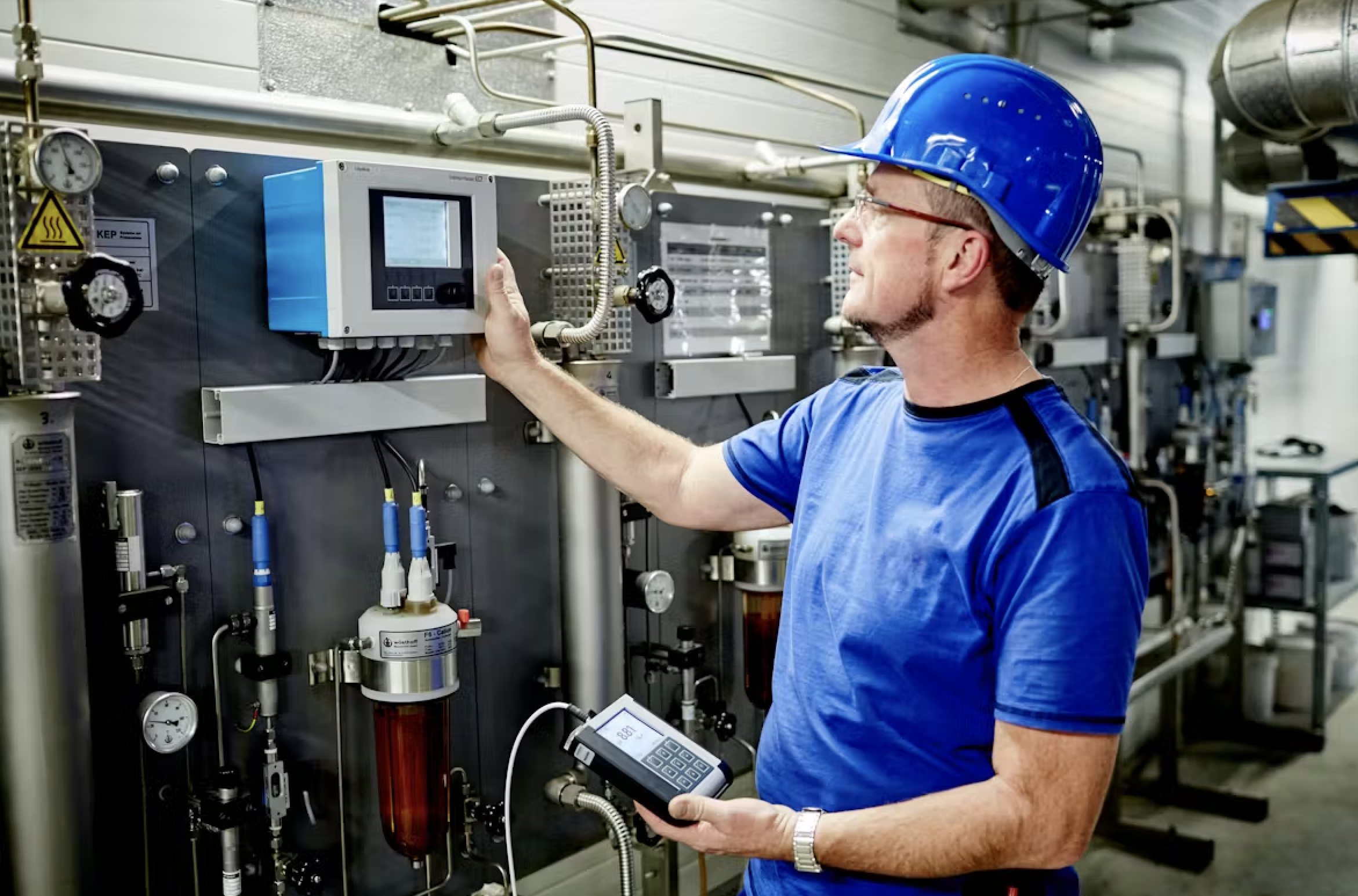In the intricate world of wastewater treatment, the reliability and efficiency of your facility hinge on the optimal functioning of its equipment. Regular maintenance is not just a necessity but a cornerstone practice for ensuring environmental compliance, operational efficiency, and the longevity of your infrastructure. This guide aims to shed light on best practices, strategies, and tips for maintaining your wastewater treatment equipment, ensuring your facility operates at its peak performance.
Understanding the Importance of Maintenance
Maintenance in a wastewater treatment facility encompasses a range of activities from routine inspections to preventive and corrective measures designed to keep equipment running efficiently and to avoid unexpected breakdowns. The importance of these activities cannot be overstated. They ensure compliance with environmental regulations, prevent the occurrence of hazardous leaks or spills, and safeguard the health of the community and the environment.
Regulatory Compliance and Environmental Protection
Stringent environmental regulations dictate the need for meticulous maintenance of wastewater treatment facilities. These standards are in place to ensure that the treated water discharged back into the ecosystem or for reuse meets specific quality criteria, protecting water bodies and public health from contamination.
Operational Efficiency and Cost Savings
Efficiently maintained equipment uses less energy, processes waste more effectively, and reduces the likelihood of costly emergency repairs or replacements. Regular maintenance schedules can identify potential issues before they escalate, offering significant long-term savings and operational continuity.
Extending Equipment Life and Performance
Proper maintenance extends the lifespan of your equipment, ensuring that your facility can continue to operate effectively for years to come. This not only improves the return on investment for each piece of equipment but also enhances the overall performance and reliability of your facility.
Key Components of Wastewater Treatment Maintenance
Scheduled Inspections and Preventive Maintenance
Scheduled inspections are a proactive approach to maintenance, involving regular checks on equipment to identify wear and tear, corrosion, or any anomalies in operation. Preventive maintenance activities are scheduled based on these inspections, including cleaning, lubrication, adjustments, and parts replacement, to prevent equipment failure.
Corrective Maintenance and Repairs
Despite best efforts in preventive measures, equipment may still fail or malfunction. Corrective maintenance involves diagnosing issues, repairing, or replacing defective components to restore equipment to its proper working condition. Speed and efficiency in corrective maintenance can significantly reduce downtime and operational disruptions.
Use of Technology in Maintenance
Advancements in technology have introduced sophisticated tools for enhancing maintenance strategies. These include the use of sensors and IoT devices for real-time monitoring of equipment conditions, predictive analytics for foreseeing potential breakdowns, and maintenance management software for scheduling, tracking, and optimizing maintenance activities.
Best Practices for Effective Maintenance
Develop a Comprehensive Maintenance Plan: Tailor a maintenance plan specific to the needs of your facility, considering the types of equipment, their usage rates, and criticality to the operation. This plan should include schedules for inspections, preventive maintenance, and protocols for corrective actions.
Train Your Staff: Ensure that your maintenance team is well-trained in the latest techniques and understands the workings of the specific equipment used in your facility. Regular training sessions can update them on new maintenance technologies and practices.
Maintain Accurate Records: Keeping detailed records of all maintenance activities, inspections, repairs, and replacements can help track the health of your equipment over time. These records are invaluable for planning future maintenance, budgeting, and compliance reporting.
Adopt Technology Solutions: Implement maintenance management software and leverage technology like sensors and predictive analytics to enhance your maintenance strategies. These tools can provide valuable insights into equipment performance and maintenance needs.
Partner with Equipment Manufacturers: Establish strong relationships with your equipment manufacturers or service providers. They can offer expert advice, specialized maintenance services, and training for your team on the latest maintenance practices and technologies.
The cornerstone of running a successful wastewater treatment facility lies in the meticulous attention paid to the maintenance of its equipment. By adopting a comprehensive approach to maintenance, leveraging technology, and fostering a culture of continuous improvement, you can ensure the efficiency, reliability, and longevity of your wastewater treatment operations. Remember, effective maintenance is not just about preserving equipment; it's about safeguarding the environment, protecting public health, and ensuring the sustainable operation of your facility for years to come.
Outsourcing wastewater operations and maintenance offers a strategic advantage for both public and private sector wastewater treatment plant operators. By partnering with O&M specialists, plants can achieve operational excellence, cost efficiency, and enhanced compliance, all while contributing positively to environmental conservation.
Ready to elevate your wastewater operations? Contact us today to learn more about our comprehensive O&M services and how we can tailor them to meet your specific needs.

